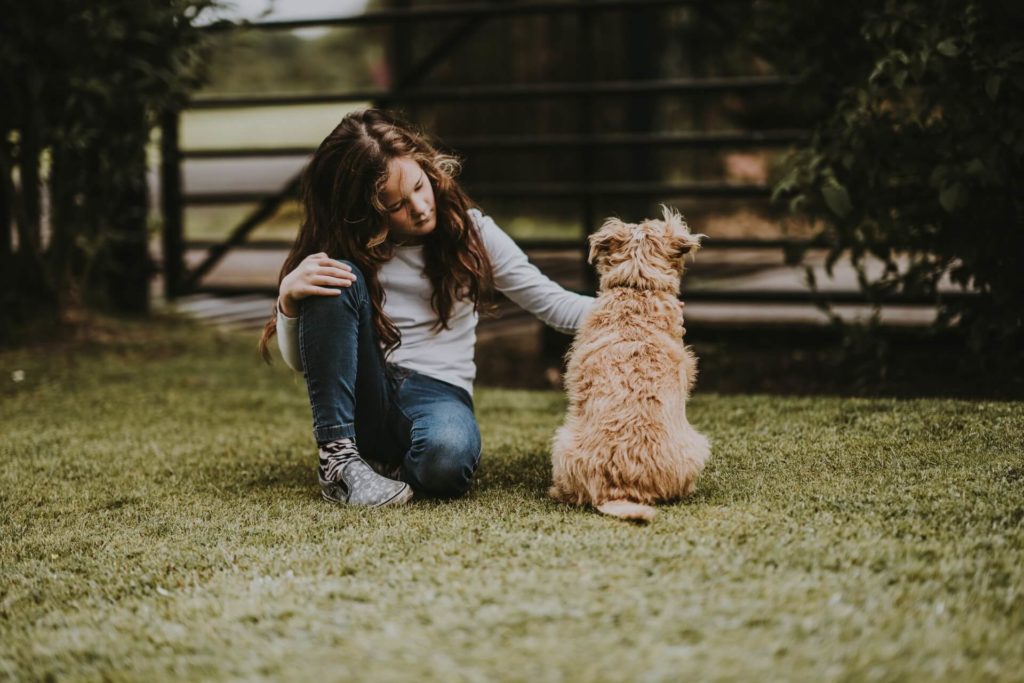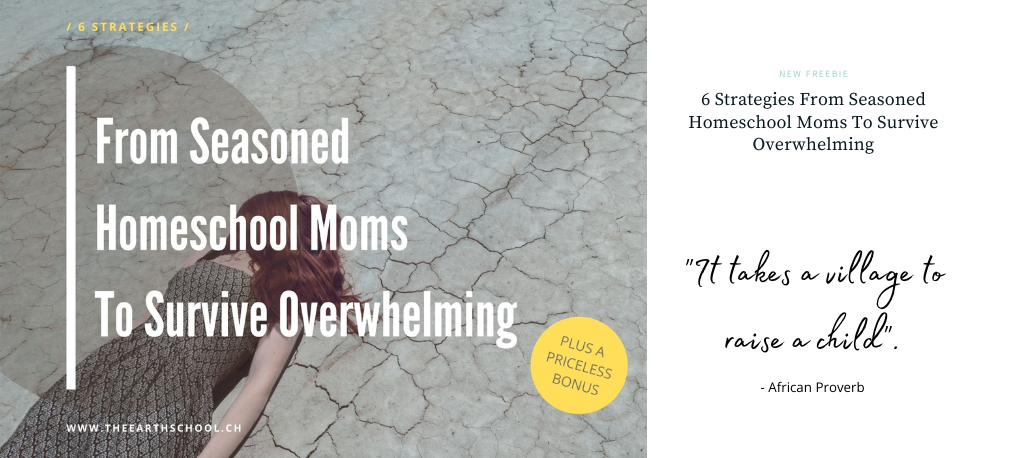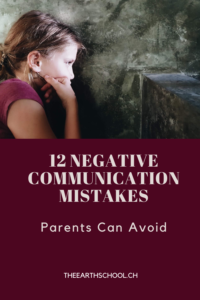
#16 What Is Your Child Spirit Animal? And How You Can Use It Remarkably
You’d rather listen than read? Here is the audio of the blog post.
What if knowing more about spirit animals could help you teach a thousand things to your child?
Since the dawn of time, indigenous people have used the power of animals. They sought inspiration and guidance in them. Why did the modern man throw away centuries of wisdom? What can we learn from it and how can it help us understand and raise our children?
I offer a journey today, in what has become folklore but once was a way of living.
Don’t have time right now? Download the PDF version
What Is A Spirit Animal Anyway?
Spirit animal, totem animal, power animal, those are different names for a similar idea: we have spiritual connections with other physical beings. Anyone who has had pets and cattle can tell than the connection between beings is a reality. And a beautiful one too.
A totem is like a second self, a guide. In our modern world, those concepts and beliefs of inter-dependency between living beings (humans, plants, and animals) have seen their credibility diminished by people who thought that money and power were more important than spirituality. To them, the American self-made man doesn’t need a spirit animal to succeed.
Humans like to think that they rule the world, that they are the master of nature. Of course, this was a needed mind shift to exploit natural resources, animals, and other people alike. But it was not always like that. Men used to believe, and some still do, that all living beings are connected and need each other.
We followers of Spinoza see our God in the wonderful order and lawfulness of all that exists in its soul as it reveals itself in man and animal.
-Einstein
A Spirit Animal is believed to give us its attributes, wisdom, and instincts to help us in times of need or to guide us in our lives. Some say that spirit animals may appear in dreams or daily life to send a message. Others will seek their animal through a spiritual quest.
Our Children And Their Spirit Animal
A few years back, we were offered a bunch of fake stones with stylized animals on them. I put them all in a small fabric bag and didn’t think about them anymore. But, one day, We were traveling across Europe in our motor-home, the rainy cold weather of the Turkish mountains brought the kids’ spirits down. As I was going through various boxes of stuff for an idea to brighten the mood, I came across my bag of animals’ stones. I called the kids and had them sitting around me. I told them we were about to choose an animal spirit for each of them. I asked them what they needed most at the moment, then we reflected together on what animal had this characteristic and we looked for it through the stones.

You wouldn’t believe how being paired with an animal gave them the motivation to get through those cold rainy days, stuck in a motor-home. They could drag energy and strength from it. They felt like they were more than bored kids, they were a narwhal, a leopard, and a lemur!
We often forget or overlook the fact that between 2 and 7 years old children are animists. And it can last until much later (I must say I might still be an animist: the other day, my youngest son broke a chair and I felt sorry for it).
Animism means giving human feelings to inanimate objects. It gives us an idea of how children perceive the world. For them, everything is alive, connected, magical. They don’t care about adult logic and knowledge.
The most efficient way to communicate and bond with your children is to meet them where they are, Instead of trying to make them come to us. A bit of magic, some tales, a fake animal stone, and you speak straight to their heart.
Be mindful, this is not about playing a trick on them. This is about embracing their world and creating bridges. Animal spirits are a great example of these kinds of bridges: you can communicate messages that make sense to you, in a way that children understand.
What Is Your Child’s Spirit Animal?
Take our test to find out what’s your child’s spirit animal. if your child is old enough, you might want to let him take the test, or better, do it together. It will be interesting enough to see if you agree with your child 🙂 But feel free to do it for him and let him know about the result. Ask him what he thinks about the animal spirit you got him from the test.
A spirit animal isn’t about a physiological similarity but about a psychological similarity. Your child, or yourself, might be disappointed at what animal comes up. We’d all love to have the bear or the eagle as a spirit animal, but it is a good exercise to learn and see what’s great about your spirit animal. A Shaman, Blue Eagle recalls:
There was this woman, she took a course to learn about her spirit animal. It appeared to be that her spirit animal was the ant. the lady was disappointed. But the lessons an ant teaches us are priceless. We, western people, look down on animals, especially on insects, but the ant has the most precious patience, perseverance, and strength. Everything she does, she does it for her community. She is a master at abnegation.
-Blue Eagle
Take our test and find out your child’s spirit animal!
How You Can Use Your Child’s Spirit Animal Remarkably?
You found out what your child’s spirit animal is. That’s great! But, how can you use it now? There are countless ways to make the best out of it. The most important part is for you to make your child part of the process. If they’ve never heard of spirit animals before, they might not be interested. So step 1 is to create interest.
1 | Create interest
Depending on where you are from, you already know tales of Spirit Animals. For instance, have you watched the animated movie “Brother Bears”? If so, then you’re already familiar with spirit animals! First look through your books, or in a library, for some meaningful tales about animal spirits and transformations. Often, those tales talk about how a child becomes an adult, through a transformation, a life experience with his animal spirit. It has a lot to teach children, particularly about trusting one’s abilities. On this page, you can find many stories about animals from the Native American tradition.
2 | Research your spirit animal
Once that your child understands what a spirit animal is, and finds out which one is theirs, they will be curious! Why not integrate those animals in your daily curriculum and learn more about them. Put the focus on their strength and abilities. What is it they are able to do that other animals can’t? What makes them special? And of course, as a wise home-schooling mom, you can integrate some more subjects like “where do they live”, “what’s their habitat?”, “what is specific about them, physiologically?” “Why?”, and so on and so forth…
3| Give your child’s spirit animal a special place
Maybe your child wants to draw it or to find a picture of it to put on the wall. You can also write down the animal’s teachings. What does your spirit animal tells you? What is its wisdom? Beyond the beauty of feeling connected to a spirit animal (which is quite magical when you’re a kid), this kind of exercise teaches your child to get out of his own mind to listen and try to understand from an outsider point of view.

4 | Use the spirit animal wisdom in your life
Once your child has researched their spirit animal, you can outline its characteristics, positive or not, together. For children who have lower self-esteem, who have trouble accepting compliments easily (or accepts them too readily), it is a nice exercise in objectivity. You can also use those distinctive traits to encourage positive behavior or to suggest a new line of conduct.
5 | Learn About Native American Culture
Children’s interests lay close to them. When you want to teach them history, they will be far more interested if you start with their family history for instance. Once you’ve done all the research about their spirit animal, you can use it as a starting point to study Native American culture! Start with what they know already about their spirit animal, and learn together what was their purpose in Native culture, what did totems look like (maybe they’ll want to make one or draw one), how they found their spirit animal, how they lived in balance with the animals and the plants.
Remember though, Native American culture, especially in America, has been historically ostracized and shunned. Always be respectful towards Native people and respect their boundaries!
You would like those activities (and more) conveniently in one place? Download our Cheat Sheet
Learning about a different lifestyle, a new philosophy towards life and nature is definitely rich. It opens the mind and allows us to contemplate our own biases with fresh eyes. If your children are older, there is a good chance they will ask smart questions while you do this study.
Nurture The Respect For Nature Through Spirits Animals
Children have a natural respect and awe for animals. They are mysterious and yet everywhere. Children can connect with animals in a way we can only witness. Research has shown that an animal in a classroom teaches children respect for life and a sense of responsibility. It also engages children more in activities and pumps their motivation. Research conducted in the US shows that children between 3 and 11, when asked to name the 10 most important persons in their life, name an average of two animals.

As I said before, children are animists. For them, humans and animals are on the same level, have the same soul. In other words: Children love animals. They feel they can trust them. Therefore, they play an important role in a child’s education. Having a spirit animal means you have a special bond with one of them, you are a part of something bigger. Children love that!
This is a beautiful and meaningful way to learn how to respect nature in all its forms. A spirit animal is a door to endless opportunities to speak and learn about nature and its values. Personally, I like is to learn with my children in what way their spirit animals are connected to their environment. How their specific animals interacts with their surroundings, and how their surroundings interacts with them.
For example, the sea otter, by eating plenty of urchins helps the growth of kelp, an algae that absorb CO2. You can learn about the life cycle, about the food chain, about pollution, CO2, natural ways to fight pollution, etc…
You say that I use the land, and I reply, yes, it is true; but it is not the first truth. The first truth is that I love the land; I see that it is beautiful; I delight in it; I am alive in it.
-N. Scott Momaday
Use Your Child’s Animal Spirit
No matter what shape you give to your spirit animal quest, there is a lot to learn, depending on what you enjoy doing. If you’re more hands-on or academic, you can choose to create an animal sheet where your child can compile information about his animal spirit, or you can go for a box, where you child can gather little treasures and objects relative to his animal (a piece of wood in the shape of the animal, a shell for an otter, a salt dough animal, dry leaves for a forest animal, a feather for the eagle,…)
How Does That Respect Gets Created?
In order to respect nature, children need to bond with it. And in order to bond with it, they need positive emotions linked to it. It is that simple! Create positive experiences that makes them feel emotions and they will associate those emotions with nature.
As they build their identity, children can develop the role they want to play to care for nature and the planet. It is perfect timing to let them become deeply involved. Every positive experience they get that involves nature and their relationship with it will be part of their “self” building.
There is something spiritual about the greatness of nature, and animals are natural ambassadors for children to connect with. The spiritual value of nature calls for reverence, respect, and humility in our relationship with it. Those are values your child can develop through his relation to his spirit animal.

Thanks for reading this article! As always, I hope it gave you some line of thoughts to explore as well as ideas to act and create a positive change in your life.
 Don’t let the inspiration fades and take action right away:
Don’t let the inspiration fades and take action right away:
1. Download our cheat-sheet, it’s on the house
2. Decide on the one action you will implement today and write it down
3. Share this article with 3 friends who could benefit from it
4. Save the article in your favorites
I wish you all the best with your kids, always remember that we all do the best we can at a given moment and don’t judge yourself harshly. Be confident and listen to your intuition. If what you do comes from a place of love, then you’re on the right path.
See you next week for another exciting article!

Don’t Forget To Join Our Community To Get Inspiration And Tips Straight in Your Mailbox
I wish you all the best with your kids. Always remember — we’re all doing the best we can in any given moment, so try not to judge yourself too harshly. Be confident and listen to your intuition. If what you do comes from a place of love, then you’re already on the right path.

If this post resonated with you — if you’ve ever walked ten paces behind your child, wondering if you’re ruining everything — come join us on Instagram.
It’s where I share reminders, reflections, and the odd parenting confession… for mums figuring it out one heart-twinge at a time.











